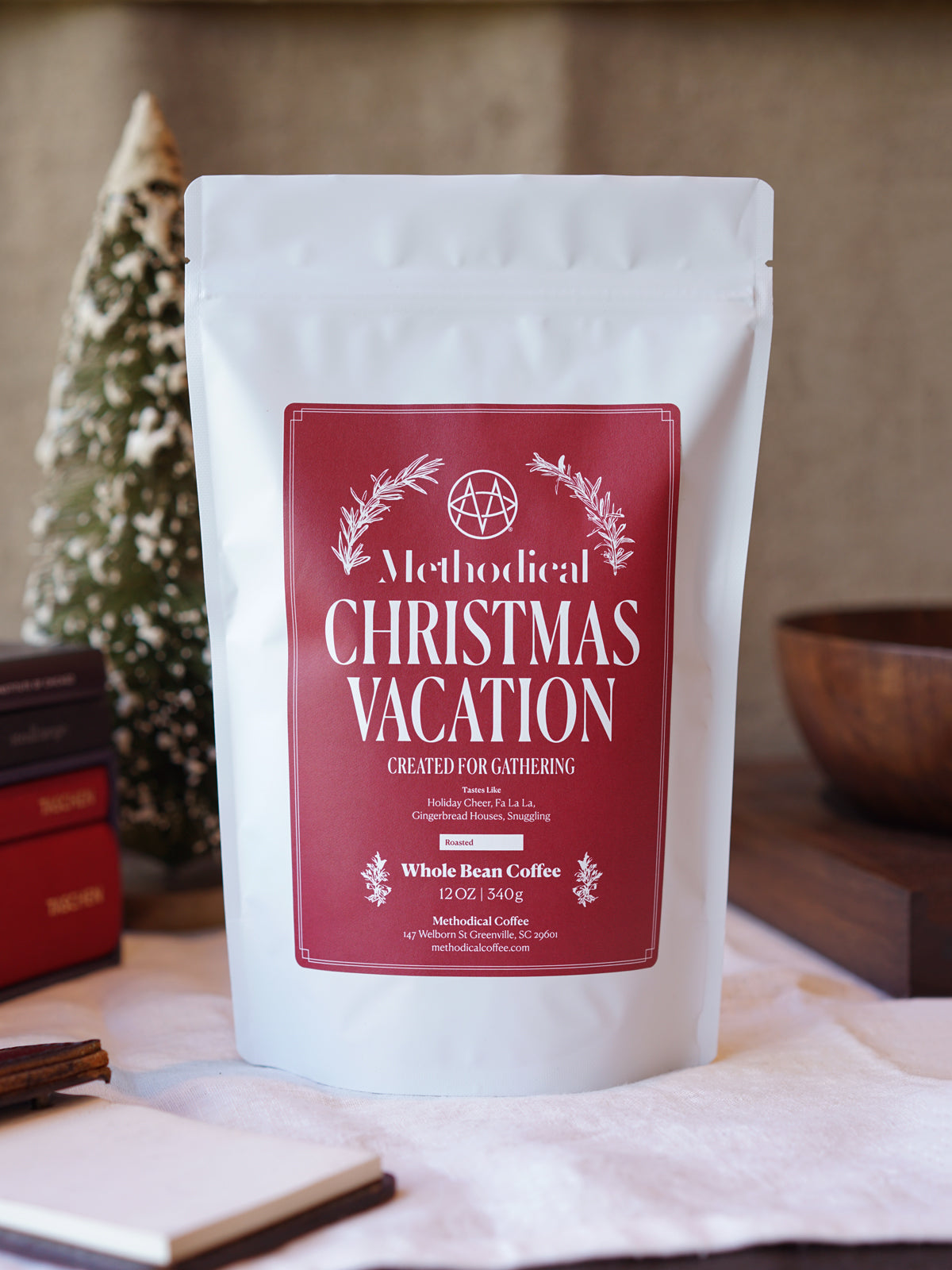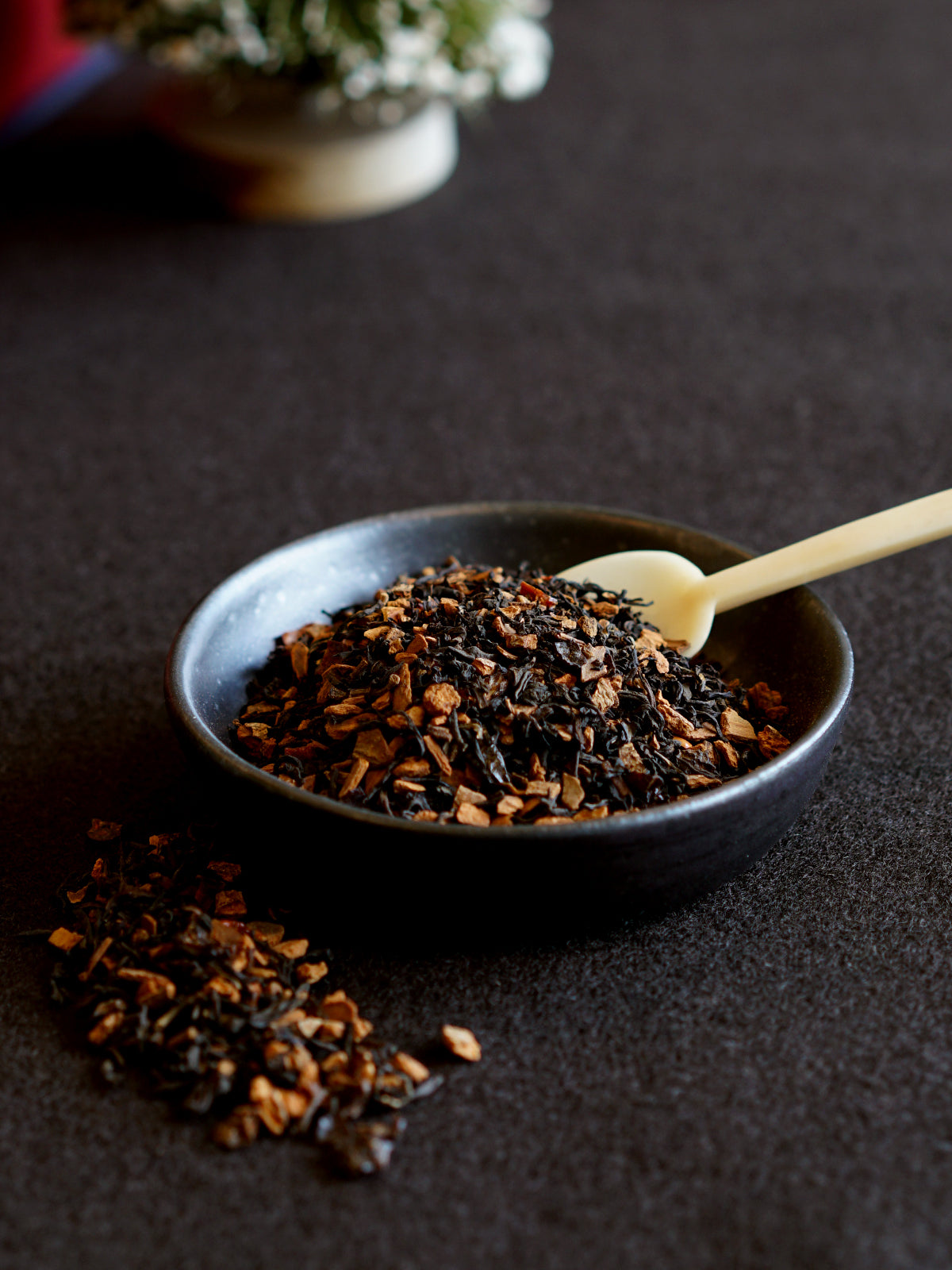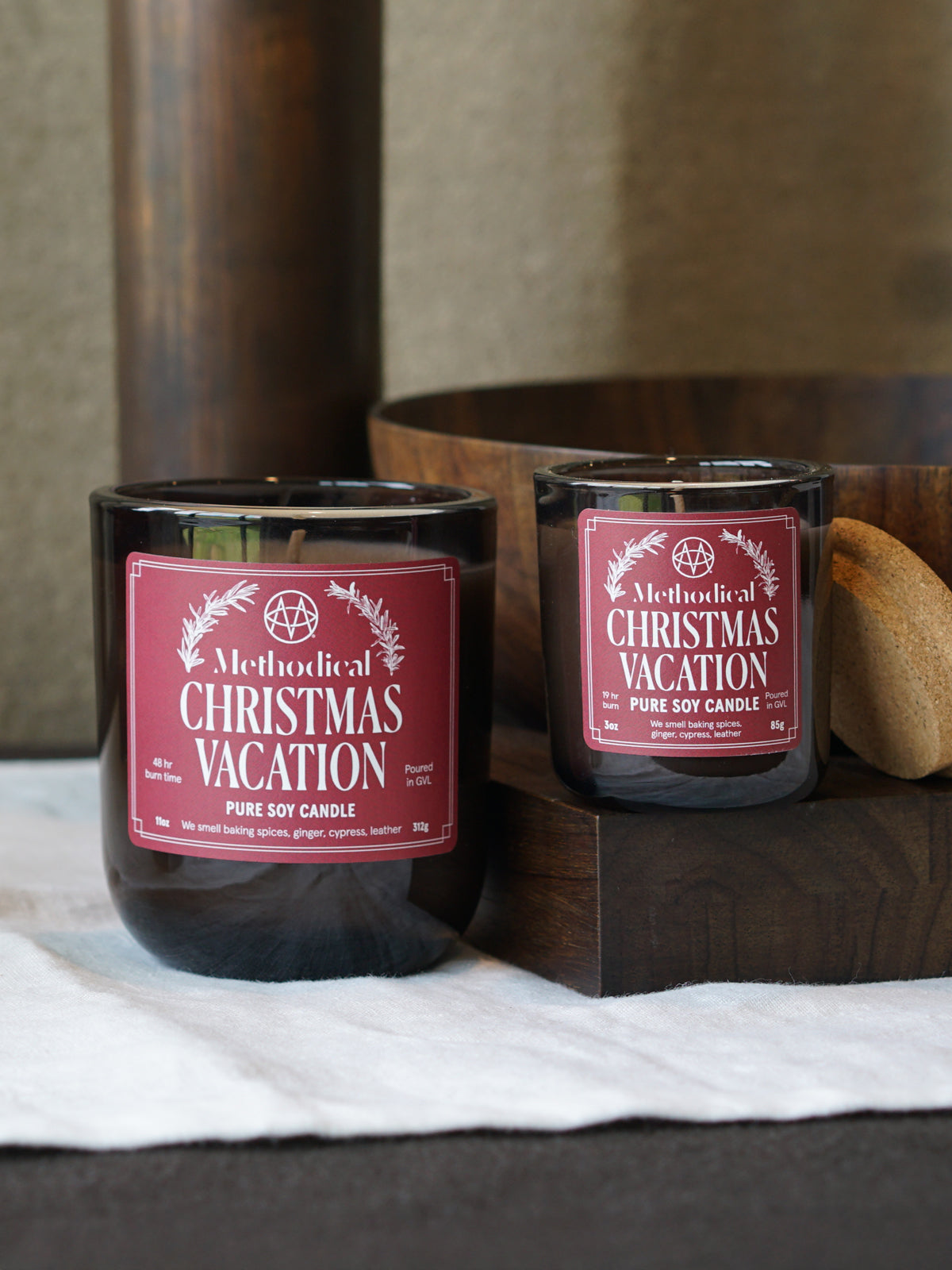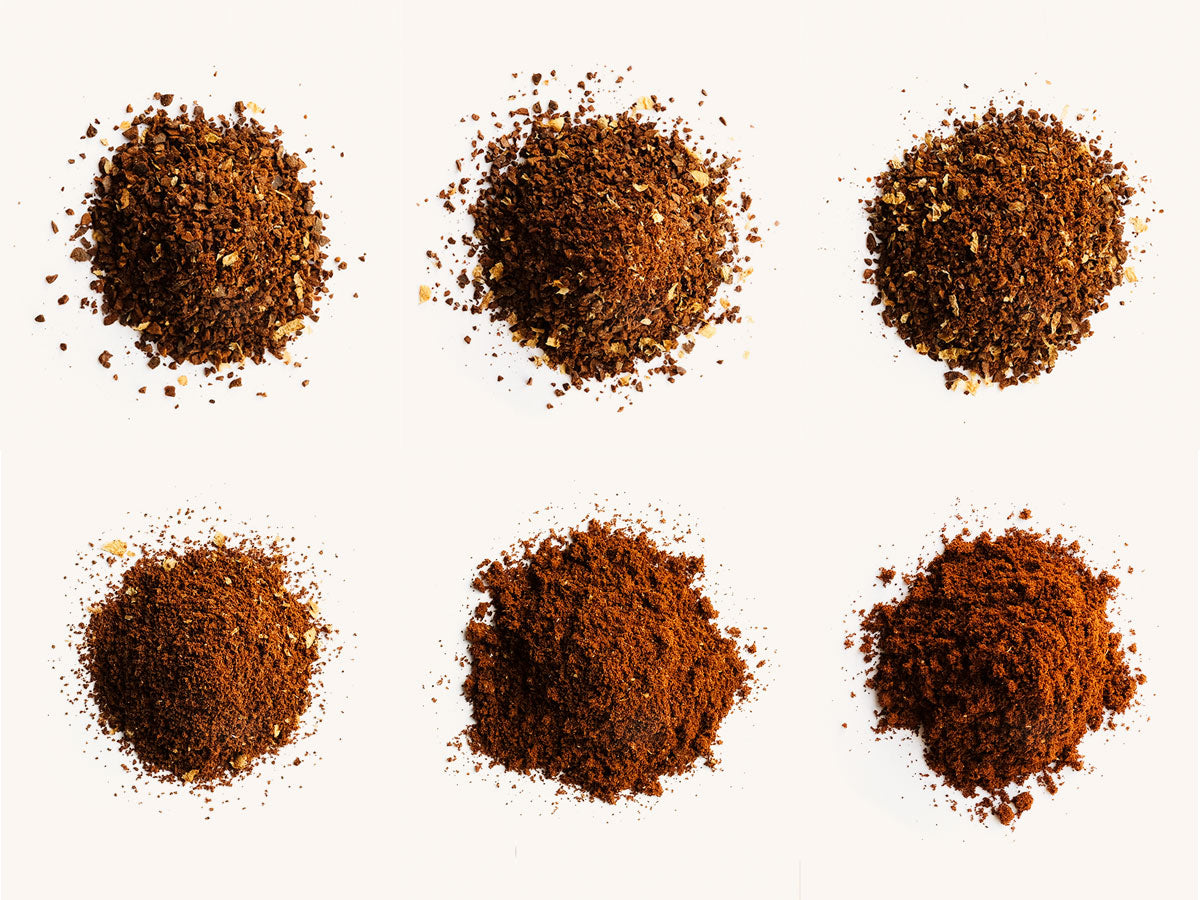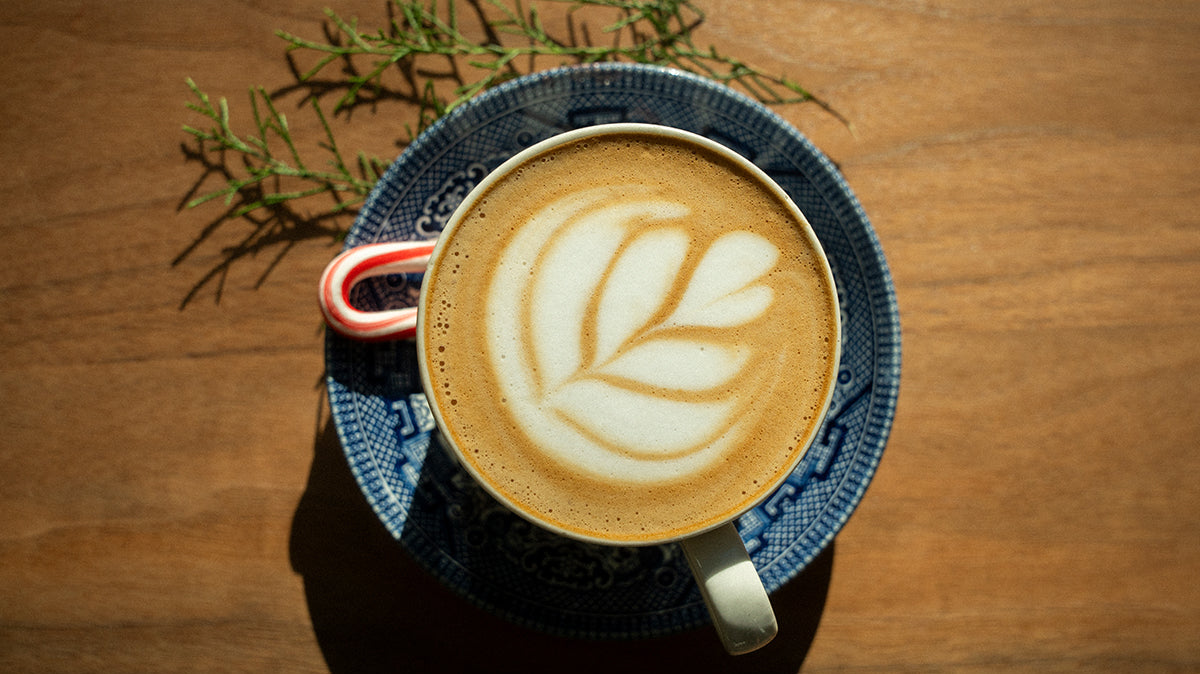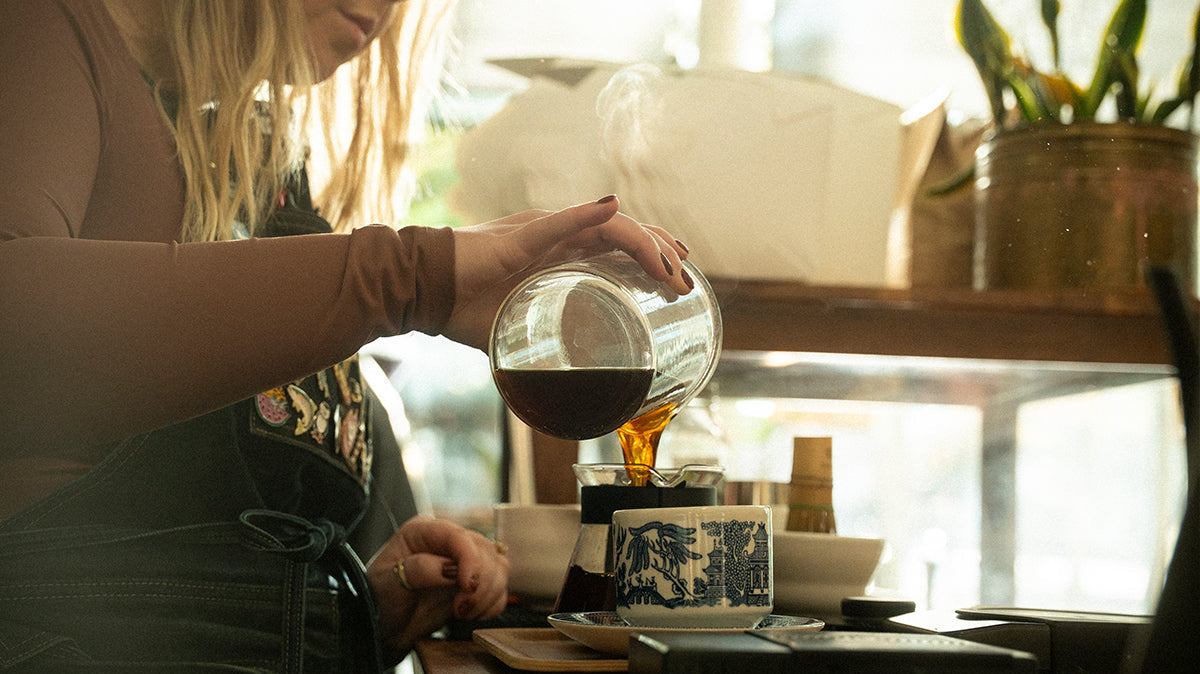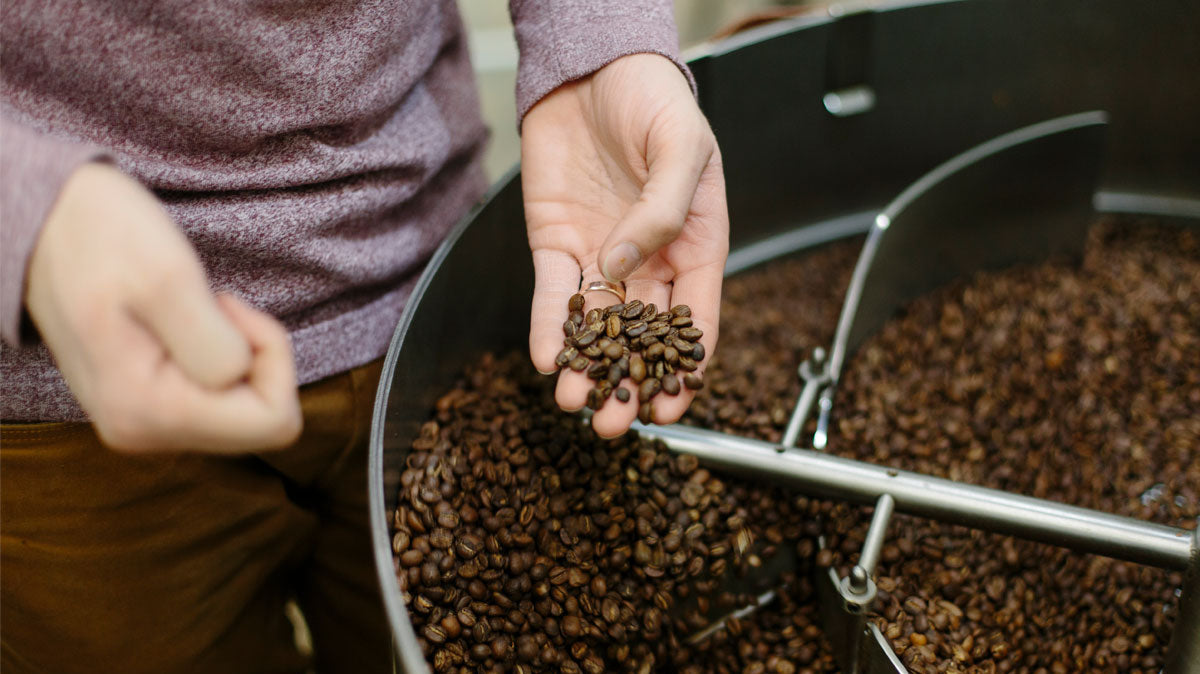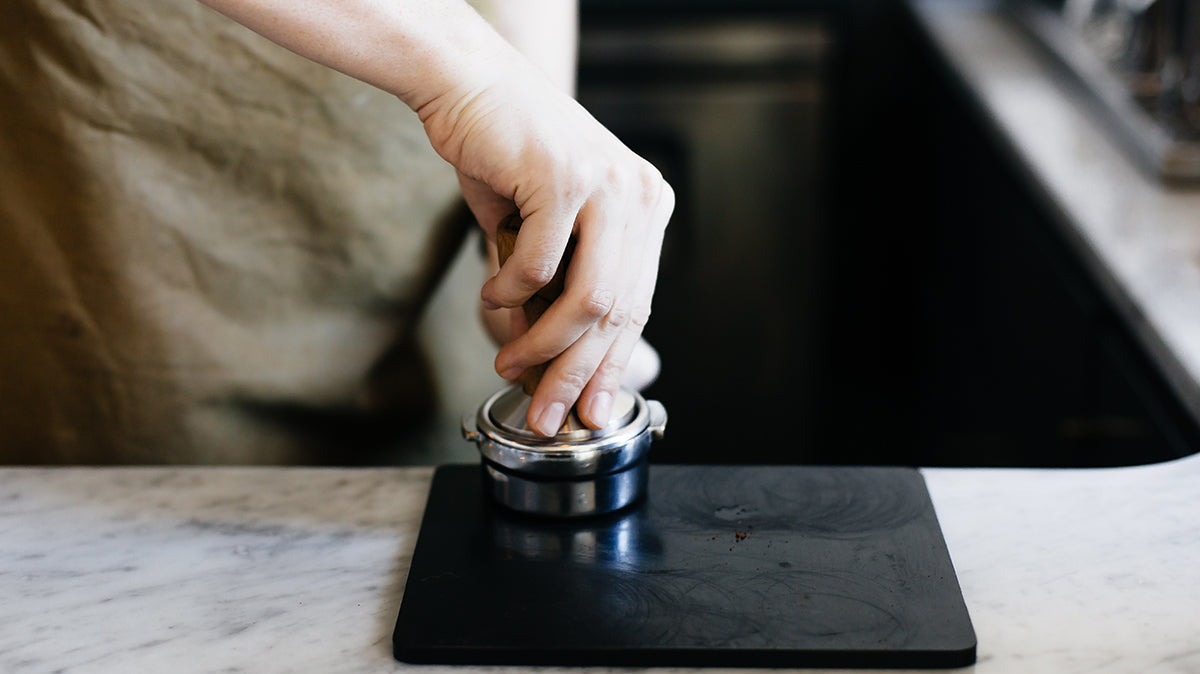There’s nothing quite like the aroma of freshly ground coffee. But if you’ve ever brewed a cup that tasted weak, bitter, or just off, your grind size could be the problem. Grinding coffee beans at home is one of the easiest ways to take control of your brew—whether you’re using a grinder or a simple household hack.
In this guide, we’ll break down why grind size matters, how to match the right grind size to your brewing method, and the best ways to grind coffee beans at home (even if you don’t own a grinder). Plus, we’ll share pro tips to help you achieve the perfect grind for a flavorful, well-balanced cup every time.
Why coffee grind is important
Grind size plays a crucial role in how your coffee tastes. When coffee is brewed, water extracts soluble compounds like caffeine, acids, sugars, and oils—each contributing to the final flavor in your cup. The key to a balanced brew is extracting just the right amount of these compounds.
Grind size and brew time are the two biggest factors in extraction. If your coffee is ground too fine or brewed too long, it becomes over-extracted, resulting in a bitter, harsh taste. On the other hand, if the grind is too coarse or the brew time is too short, the coffee is under-extracted, leading to a weak, sour flavor.
By using the right grind size for your brewing method, you’ll bring out the best flavors in your coffee while avoiding bitterness or sourness.
Types of coffee grinders
Blade
Blade grinders don’t actually grind—they chop. A spinning blade rapidly cuts through the coffee beans, and in theory, a longer grind time results in finer grounds. But because there’s no control over how evenly the beans are chopped, you end up with an inconsistent grind. Larger chunks will under-extract, leading to sour notes, while finer particles over-extract, making your coffee taste bitter.
While blade grinders are compact and budget-friendly, they lack precision. If you want to bring out the best in your beans, a burr grinder is a better investment.
Burr
Burr grinders use two rotating burrs—either metal or ceramic—to crush coffee beans into uniform particles. Unlike blade grinders, grind size is controlled by adjusting the space between the burrs, ensuring consistency. There are two types of burr grinders:
-
Flat burr grinders have two metal rings that rotate in opposite directions, producing an ultra-consistent grind.
-
Conical burr grinders use a stationary ring and a rotating cone-shaped burr to press the beans, which is slightly less consistent but gentler.
Burr grinders provide precision for different brew methods, making them the preferred choice for coffee enthusiasts and professionals alike.
Manual
Manual grinders combine the precision of a burr grinder with the compact size of a blade grinder. Designed with an adjustable burr mechanism, they provide a consistent grind for any brewing method. However, manual grinders require hand-cranking, which can be time-consuming—especially when grinding for multiple cups.
Manual grinders are best for enjoying freshly ground coffee on the go, offering lightweight portability for travel or camping.
Learn more: Manual vs. Electric Coffee Grinders: Which One is Right for You?
How to grind coffee beans
Freshly ground coffee makes all the difference in flavor, but getting the grind just right is key. Whether you have a grinder on hand or need to get creative, here’s how to grind your beans for the perfect brew.
With a grinder
Whether you’re using a blade, burr, or manual grinder, follow these steps for the best grind:
1. Measure the beans
Measure out the right amount of coffee based on your preferred coffee-to-water ratio and the number of servings. Use a coffee scale for precise measurements.
2. Select grind size
Choose the right grind size for your brewing method. Fine-tune your grind to taste—if your coffee is sour, salty, or weak, go finer (lower grind setting or longer grind time). If it’s bitter, harsh, or overpowering, go coarser (higher grind setting or shorter grind time).
3. Grind the beans
The grinding method depends on your type of grinder:
-
Blade grinders: Use short pulses instead of continuous blending for better consistency. Shake the grinder between pulses to redistribute larger pieces and prevent over-processing the coffee at the bottom.
-
Burr grinders: Load the beans, select your grind size, and press the button to begin grinding.
-
Manual grinders: Adjust the grind size, load the beans, and crank the handle until all the beans are ground.
4. Brew immediately
For the best flavor, brew your coffee right after grinding. Freshly ground beans retain more nuanced flavors than pre-ground coffee.
Learn more: Fresh Ground Coffee vs. Pre-Ground: Which is Best for Your Brew?
Without a grinder
A coffee grinder is always the best way to achieve a precise, consistent grind. But if your grinder stops working or you don’t have access to one, don’t miss out on your morning brew. Here are some ways to crush your beans when you’re in a pinch:
-
Run to the grocery store: Many grocery stores have coffee grinders in the coffee aisle. Bring your beans, grind them there, and maybe grab a pastry while you're at it.
-
Mortar and pestle: It takes some effort, but a mortar and pestle can crush beans into a usable grind.
-
Blender or food processor: These work like oversized blade grinders. You won’t get perfect consistency, but you can get an acceptable grind for brewing.
-
Rolling pin or hammer: Place your beans on a sturdy surface, cover them with a towel, and crush them with a rolling pin or hammer until they reach a uniform size.
Coffee grind sizes
Grind size refers to how finely or coarsely coffee beans are ground, which can be altered by adjusting the settings on a burr or manual grinder or the length of time spent grinding with a blade grinder. Typically, the lower numbers on a coffee grinder indicate a finer grind.
Use our guide below to learn how to recognize these six different grind sizes and when to use them:
-
Extra coarse: Extra coarse grinds allow for a long, slow extraction, making them ideal for brewing methods that steep coffee grounds in water for extended periods. These large, chunky grounds prevent over-extraction, resulting in a smooth, less acidic brew.
-
Coarse: Coarse grinds are perfect for immersion brewing methods where coffee steeps in water before being filtered. The larger grind size slows extraction, preventing bitterness while maintaining full-bodied flavor.
-
Medium coarse: A medium coarse grind works well for automatic coffee makers and larger pour-over brewers like the Chemex. It allows water to flow through evenly, preventing over-extraction while still bringing out balanced flavors.
-
Medium: A medium grind provides the right resistance for controlled brewing methods like pour over and AeroPress. It allows for steady extraction without clogging filters, helping highlight the coffee’s clarity and complexity.
-
Fine: Fine grinds maximize surface area, allowing for quick extraction under pressure. This results in the rich, concentrated flavors that define espresso and moka pot coffee.
-
Extra fine: This ultra-fine grind is used specifically for Turkish coffee, which is brewed without a filter. The fine texture allows the coffee grounds to remain suspended in the liquid, creating a strong, bold, and slightly textured cup.
For easy reference while brewing, we’ve created a downloadable coffee grind size chart to guide you whenever you need a quick reminder.
Which grind size should you use?
Every brewing method has an ideal grind size for balanced extraction and the best possible flavor. Whether you’re making a bold espresso, a smooth cold brew, or a classic cup from your drip coffee maker, grind size affects how water interacts with the coffee grounds, influencing brew time and taste.
Use this guide as a starting point—then tweak your grind size as needed to dial in the perfect extraction for your brew.
Cold brew grind size

Cold brew coffee is brewed with room-temperature or cold water over an extended period, meaning extraction happens slowly. An extra coarse grind prevents over-extraction, keeping the brew smooth and low in bitterness.
Grind: Extra coarse
Texture: Coarse sea salt
Ratio of coffee to water: 1:5 to 1:8
Brew time (ready-to-drink): 10 hours
Brew time (concentrate): 24–48 hours
French press grind size

French presses use a metal filter to separate the coffee grounds from the water, which allows more fine particles into the cup. A coarse grind prevents excess sediment while ensuring full-bodied extraction.
Grind: Coarse
Texture: Coarsely cracked pepper
Ratio of coffee to water: 1:12 to 1:16
Brew time: 4 minutes
Drip coffee grind size

Home coffee makers essentially function as automated pour overs, but they usually allow slightly longer contact between the coffee grounds and water. A medium course grind ensures the water flows evenly through the grounds, preventing over-extraction.
Grind: Medium coarse
Texture: Ground sea salt
Ratio of coffee to water: 1:16 to 1:18
Brew time: 5 minutes
Pour over grind size

For pour-over brewing, water should flow through the coffee grounds at a controlled rate. A medium grind balances flow and extraction, preserving clarity and nuanced flavors.
Grind: Medium
Texture: Table salt
Ratio of coffee to water: 1:14 to 1:16
Brew time: 3:30–4 minutes
AeroPress grind size

A medium grind works well for longer brew times with the AeroPress. Even though the coffee has less contact time with water compared to a pour over, the added pressure speeds up extraction, helping you achieve a balanced and flavorful cup.
Grind: Medium
Texture: Table salt
Ratio of coffee to water: 1:12 to 1:16
Brew time: 2–3 minutes
Learn more: AeroPress vs. French Press Coffee: What’s the Difference? & How to Brew Aeropress Inverted Method
Espresso grind size

Espresso requires a fine grind to create resistance against pressurized water, allowing for proper extraction. Too fine, and it can cause uneven extraction; too coarse, and the shot will be weak.
Grind: Fine
Texture: Ground cinnamon
Ratio of coffee to water: 1:2
Brew time: 30–40 seconds
Learn more: How to Pull a Shot of Espresso
Turkish coffee grind size

Turkish coffee is brewed quickly and without a filter, meaning the coffee grounds stay in the cup. An extra fine grind allows for complete extraction, creating a thick, velvety texture.
Grind: Extra fine
Texture: Flour
Ratio of coffee to water: 1:10
Brew time: 2–3 minutes
Best coffee grinders
A great cup of coffee starts with the right grind, and the right grinder makes all the difference. Whether you're dialing in espresso, perfecting your pour-over, or brewing a balanced batch of cold brew, choosing the right grinder ensures consistency and flavor in every cup. From budget-friendly options to professional-grade machines, here are our top picks to suit every coffee lover’s needs.
1. Fellow Opus
Best budget coffee grinder
2. Hario Mini-Slim Plus
Best manual coffee grinder
Compact, lightweight, and reliable, the Hario Mini-Slim Plus is an excellent choice for those who prefer a hands-on coffee grinding experience. Its adjustable ceramic burrs deliver a consistent grind, whether you're making espresso or French press. Ideal for travel or small kitchens, this manual grinder is easy to use, easy to clean, and built to last—all without the need for electricity.
3. Baratza Vario W+
Best professional coffee grinder
4. Eureka Mignon Silenzio
Best espresso coffee grinder
How to clean a coffee grinder
Over time, coffee oils and leftover grounds build up in your grinder, affecting performance and flavor. Regular cleaning helps prolong its life, maintain consistent grinding, and keep your coffee tasting fresh.
Quick cleaning steps
-
Unplug the grinder: For your safety, always unplug before cleaning.
-
Disassemble the grinder: Remove any detachable parts, including the hopper and burrs.
-
Brush off old grounds: Use a soft brush to scrub coffee residue from the burrs.
-
Clean the interior: Vacuum or wipe out any remaining grounds inside the grinder.
-
Reassemble: Put all the parts back together.
-
Wipe the exterior: Use a dry or slightly damp cloth to clean oils and grounds from the outer surfaces.
Important notes
-
Never use water to clean the burrs or internal components—moisture can cause rust or damage.
-
Avoid grinding rice—it can be too hard for some grinders and may cause clogging.
-
For a deeper clean, use a grinder-safe cleaning product like Biocaf Grinder Cleaner.
Tips for the perfect coffee grind
Grind size plays a major role in coffee extraction, but it’s not the only factor that affects flavor. From freshness to storage, small details can make or break your brew. Keep these tips in mind to get the most out of your coffee grinder.
-
Follow the Rule of 15s: To prevent staleness, use green coffee within 15 months of harvest, roasted coffee within 15 days of roasting, and ground coffee within 15 minutes of grinding. That’s why whole bean coffee is the way to go—grind fresh for the best flavor.
-
Purge the grinder: Before grinding and between grind size adjustments, feed a few beans through the grinder to clear out stale coffee and ensure a consistent grind size.
-
Adjust grind to roast level: Dark roasts are less dense due to longer roasting times, so they don’t need as fine of a grind. Light roasts, on the other hand, often require a finer grind to bring out a balanced flavor.
-
Store whole beans properly: Keep coffee fresh by storing whole beans in an airtight container, away from light, heat, and moisture. This slows oxidation and preserves flavor.
-
Start with high-quality beans: A great grind can’t fix bad coffee. Using high-quality beans makes all the difference. Our Blue Boy blend is a fan favorite—a balanced medium roast that’s rich, bright, and smooth—perfect for any palate and brewing method.
With the right process and freshly roasted beans, you can elevate your coffee experience with richer flavors and greater consistency. Explore our selection of full-, medium-, and light-bodied, expertly roasted coffee beans for an exceptional cup every time.
You might also like:
